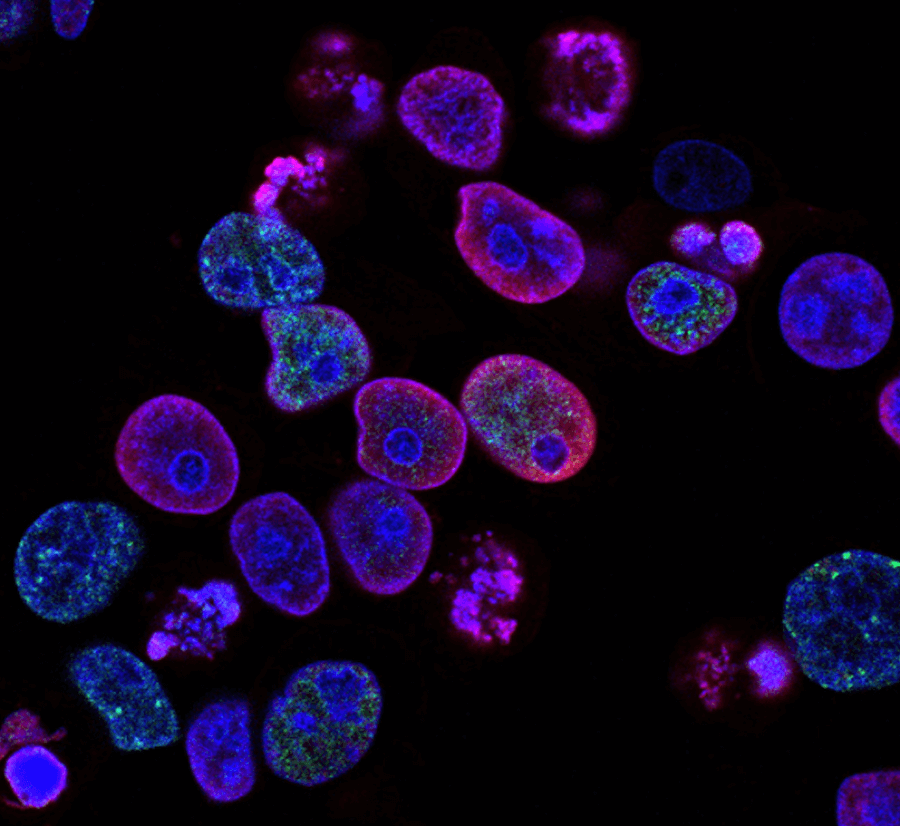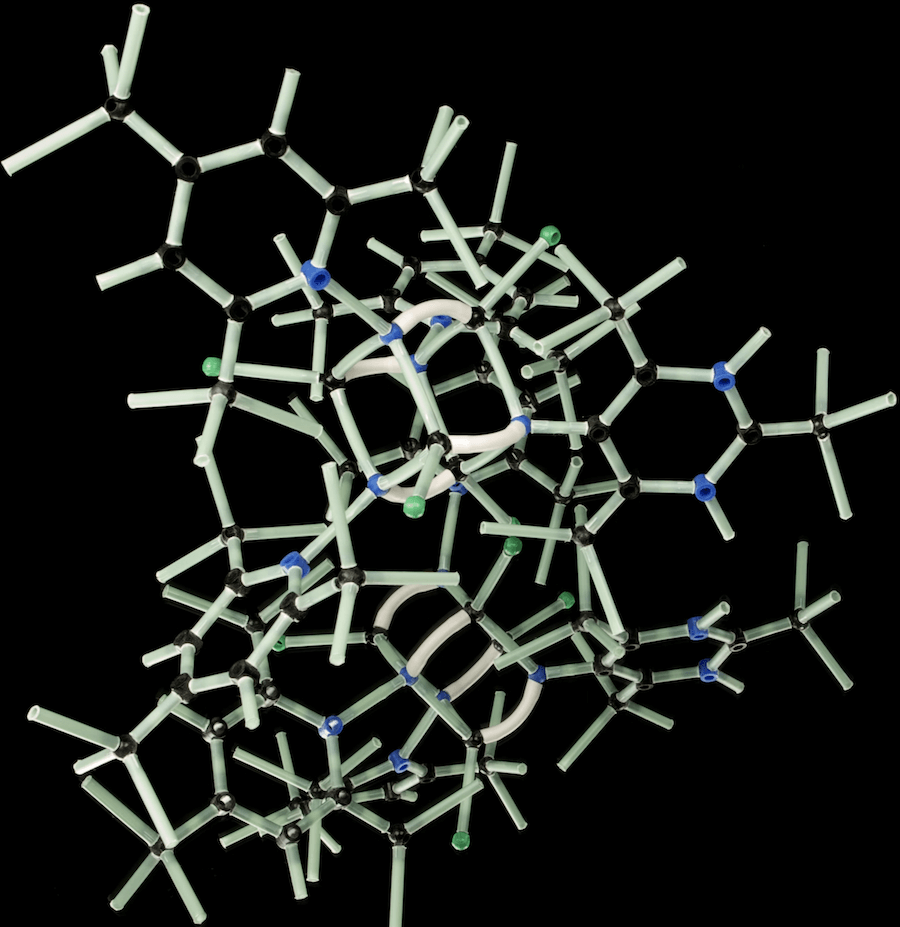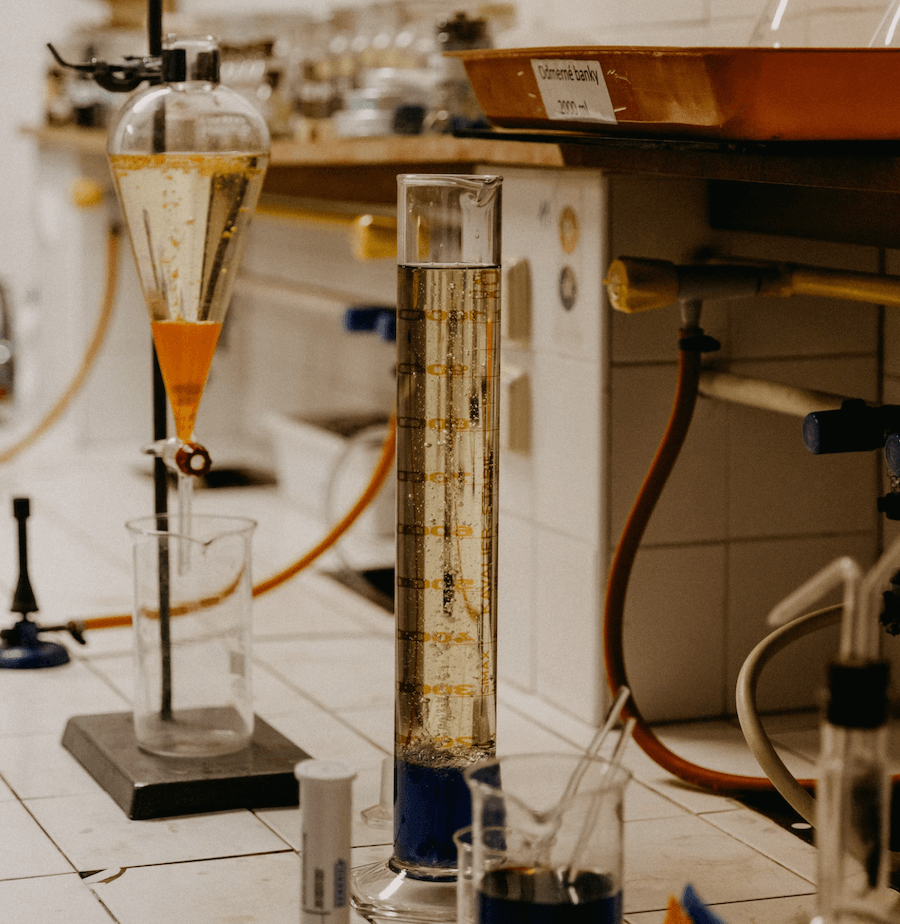What is the valency of nitrogen?
Did you know that nitrogen has a valency of 3?
This means that it can form three covalent bonds with other atoms.
Nitrogen has a valency of 3.
Nitrogen is found in many different compounds, including ammonia and nitrates.
In this blog post, we will discuss the valency of nitrogen and some of its common compounds. Stay tuned for more information on this fascinating element!

Explain It To A Child
Nitrogen atoms can form up to three bonds with other atoms. In most molecules, nitrogen atoms form two bonds. This makes the molecule stable and unreactive.
This means that it can form three chemical bonds with other atoms or molecules. Nitrogen is found in the air we breathe, as well as in many plants and animals. It’s an important part of both DNA and protein.
What is the valency of nitrogen?
The valency of nitrogen is 3. That means that each atom of nitrogen can form up to three bonds with other atoms.
In most molecules, nitrogen atoms form two bonds, resulting in a stable, unreactive molecule.
However, in some molecules such as ammonia, nitrogen atoms can form three bonds, creating a more reactive molecule.
The valency of an element plays an important role in determining its chemical properties.
What are some of the common compounds that contain nitrogen?

Nitrogen is a versatile element that can be found in a wide range of compounds.
In the atmosphere, nitrogen exists as a gas, and it is this form of nitrogen that is used by plants to create amino acids, the building blocks of proteins.
- Nitrogen can also be found in more complex molecules such as DNA and RNA.
- In t he soil, nitrogen is present in the form of ammonium ions, which are essential for plant growth.
- Nitrogen is also found in nitrites and nitrates, which are common pollutants that can lead to eutrophication.
- Finally, nitrogen can be found in explosives such as TNT and dynamite. As this list shows, nitrogen plays a key role in a wide variety of compounds.
How does nitrogen interact with other elements in these compounds?
Nitrogen is found in many different compounds, including both organic and inorganic molecules.
In general, nitrogen is very stable and does not interact with other elements very easily.
However, there are some exceptions. For example, nitrogen can form strong bonds with oxygen, phosphorus, and sulfur.
These bonds are called nitro groups, and they are found in many explosives and fertilizers.
In addition, nitrogen can also combine with hydrogen to form ammonia, which is a key ingredient in many cleaning agents. Overall, nitrogen is a very versatile element that can be found in a wide variety of compounds.
What are the benefits of nitrogen-containing compounds for humans and the environment?
Nitrogen is an essential element for all living things.

It is a key component of DNA, RNA, and proteins, and it plays a role in many biochemical reactions.
Nitrogen-containing compounds are also important for the environment. They help to regulate the nitrogen cycle, which is essential for keeping ecosystems healthy. Nitrogen-containing compounds can also be used as fertilizers, helping to improve crop yields and support food production.
Additionally, these compounds can be used to create explosives and fuel additives, which are important for many industries.
Overall, nitrogen-containing compounds are essential for both human health and environmental stability.
Can you think of any other interesting facts about nitrogen or its compounds?
Nitrogen is an essential element for all forms of life.
It is a major component of DNA, RNA, and enzymes, and it helps to regulate cell growth. Nitrogen is also found in amino acids, the building blocks of proteins.
In addition, nitrogen is a key ingredient in fertilizers and explosives.
Nitrogen compounds are also used in the production of plastics, fibers, and medications.
Nitrogen is found in both the Earth’s atmosphere and the soil. It is produced naturally by lightning and by bacteria that live in the roots of plants.
Humans can also produce nitrogen by burning fossil fuels such as coal and natural gas.
However, human activity has resulted in an increase in atmospheric nitrogen levels, which can cause environmental problems such as air pollution and acid rain.
It is important to remember the valence of an element when studying chemistry because it determines the element’s chemical properties. The valence of nitrogen makes it a versatile element that can be found in a wide variety of compounds.
Article Sources
Jacks of Science sources the most authoritative, trustworthy, and highly recognized institutions for our article research. Learn more about our Editorial Teams process and diligence in verifying the accuracy of every article we publish.
